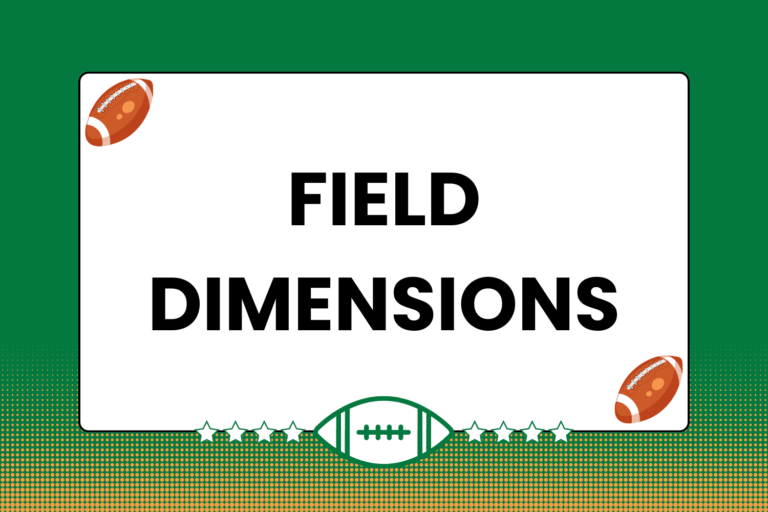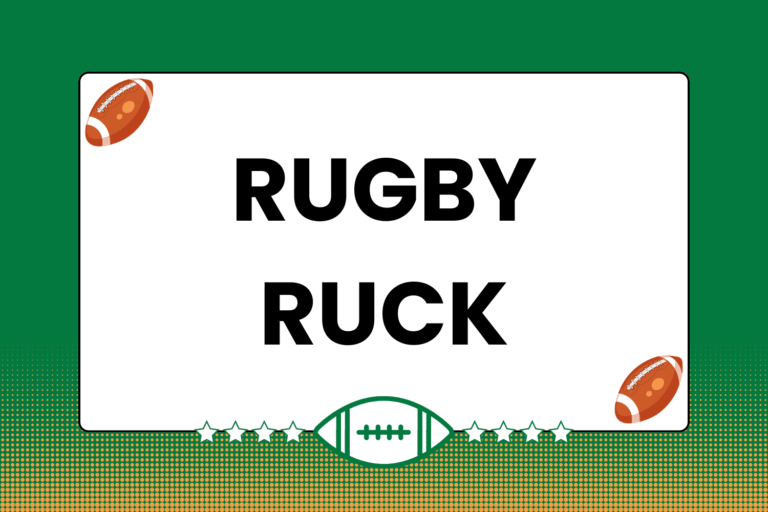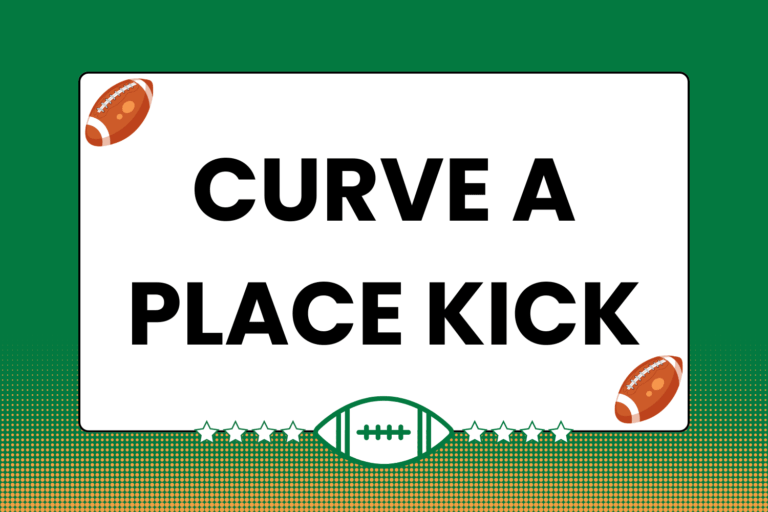It’s pretty much a certainty that every player on the field during a game will touch the ball at least once. Depending on the situation, players will do one of three things when they get the ball: run with it, pass it off, or kick it away. While the ability to pass (and to a lesser degree, kick) the ball is important, eventually one player will have to run with the ball to advance it. This guide features some tips and techniques that will help players be successful when running with the ball.
Staying Elusive
Ruggers of an advanced skill level will often employ a variety of moves and techniques when carrying the ball and dealing with opposing players. Again, these moves come into play when a player is either trying to run through or around a defending player. Using a variety of tactics does make a match more fun to watch. More importantly, though, this versatility increases the odds that the ball carrier will be able to successfully run with the ball, as it keeps the defensive team guessing about the ball carrier’s capabilities.
The following are a sampling of the various evasive maneuvers employed by ball carriers wishing to avoid a tackle. A description of the move is featured, along with likely scenarios and risks that would come along with employing these moves.
Risk vs. Reward
A successful evasive maneuver is the combination of perfect timing, advantageous positioning (regarding where defensive players are located in relation to the ball carrier), and light-speed reflexes. However, there is a moderate amount of risk involved with each, and the more maneuvers that are attempted in rapid succession, the greater the risk.
Stiff Arm
The ball carrier secures the ball to one hand/arm and uses the other arm as a battering ram. The battering ram arm is used to direct an opposing player away from the ball carrier, either with a quick push out of the way or one that sends the defender straight to the ground. The arm should be locked at the elbow prior to contact, otherwise the move can look like a punch attempt, which can result in a penalty against the ball carrier.
The risks involved with a stiff arm include:
- The potential for injuring the elbow of the battering ram arm;
- Having progress slowed because the ball carrier didn’t successfully move the defender, resulting in an opportunity for other defenders to make a play on the ball carrier;
- The lack of ability to handle multiple defenders at one time.
Sidestep
This maneuver is simple enough to do, but can be difficult to employ in a timely and effective manner. The side step is just that – a step to the side of a defender. The ball carrier can effectively employ a side step by timing the move so that the side step is completed before the defending player has a chance to properly react. The popularity of the maneuver is due largely to the fact that it allows the ball carrier to maintain the majority of speed and momentum after successfully employing it.
The risk comes from the very slight window of opportunity in which the side step can work.
- Do it too soon and the defender has enough time to react and change direction
- Do it too late and the defender still has a good chance at making the tackle.
There’s also the risk of injuring the knees or ankles, as sudden changes in direction or speed while running put tremendous amounts of strain on these joints.
Stutter Step
There are two variations to the stutter step: The lateral (side-to-side) version, and the forward version.
- The side-to-side version is really just a combination of small side steps rapidly executed to confuse the defender as to which side the ball carrier is really going to step towards.
- The forward stutter step results in the rapid and momentary deceleration, which leads into rapid re-acceleration. This is done in hopes that the defender will either run right past the ball carrier or not be able to re-accelerate as quickly as the ball carrier.
Much like the side step, timing is a crucial element in both versions of the stutter step, but just as crucial is the ball carrier’s ability to quickly slow down and then speed up.
The risk involved again relates to the ability to effectively time a stutter step, and again the potential for injuring the knees and/or ankles.
Spin Move
The spin move is slightly more difficult to employ than the side step, but still fairly simple to complete in theory. The spin move occurs when the ball carrier runs at a defender, starts to carry out a stutter step, then spins 360 degrees away from the defender immediately before contact is made. The move always depends on the angle at which the ball carrier and defender approached each other. Timing is once again the crucial element, arguably more so than with any other evasive maneuver, because at some point in the spin, the ball carrier’s back is turned to the defender.
The biggest risk involved in using the spin move is the issue of timing.
- Spin too soon and the ball carrier provides the defender with a prime opportunity to levy in the back – a move with serious potential for injury.
- Spin too late and likely get tackled, though not as severely as what could occur with an early spin.
Dummy Pass
The dummy pass is essentially going through all the motions of a pass without releasing the ball– a fake pass. The ball carrier would run towards a defending player, carrying the ball as though it was about to be passed. The ball should more or less straight up and down, with hands on either side. Close to (but not immediately next to) the defender, the ball carrier would motion as though the ball was going to be passed to one side or the other, in hopes that the defender will ‘bite’ on the move and slide in the direction of the fake pass. If the defender falls for the dummy move, the ball carrier can continue running down the pitch.
The risk involved with using the dummy pass is a combination of timing and the positioning of nearby players, both offensive and defensive.
- If the ball carrier doesn’t have any teammates nearby and attempts a dummy pass, the defending player will likely not bite on it and be able to issue a tackle.
- If there are several defenders approaching the ball carrier, a dummy pass becomes irrelevant, because it’s very unlikely that every defender nearby would bite on the fake pass.
There’s also some risk involved in carrying the ball as though it was going to be passed. The ball carrier sacrifices a secure grip on the ball in favor of appearing to get ready to pass the ball, helping to sell the dummy pass.
Dummy Kick
The dummy kick features the same ideas as the dummy pass, with a kicking motion substituted for a passing motion. The dummy kick is not employed as much as the dummy pass, because the element of potential support that comes from nearby teammates able to catch a pass (which is a large part of why defenders bite on the dummy pass in the first place) doesn’t carry over to the dummy kick nearly as much.
Also, it’s much less likely that a defending player is going to react as quickly to a passing motion as they would to a kicking motion. Indeed, common strategy for defending kicks is to charge the kicker and attempt to block the ball as it’s kicked. This poses yet another risk to the success of a dummy kick.
Choose Wisely
Obviously, not every player is going to be able to successfully utilize these moves. Most big forwards who attempt a high-speed spin move are more likely to run off-course than they are to actually avoid a defensive player. Similarly, a back attempting to stiff arm a forward is likely to get picked up and slammed to the ground. That’s not to say that these moves can’t or shouldn’t be attempted by any player with the ball. It’s just that the degree to which each player will be successful in doing so will likely vary. Still, practice makes perfect; the more these moves are done, the better a player will get at properly executing them.





